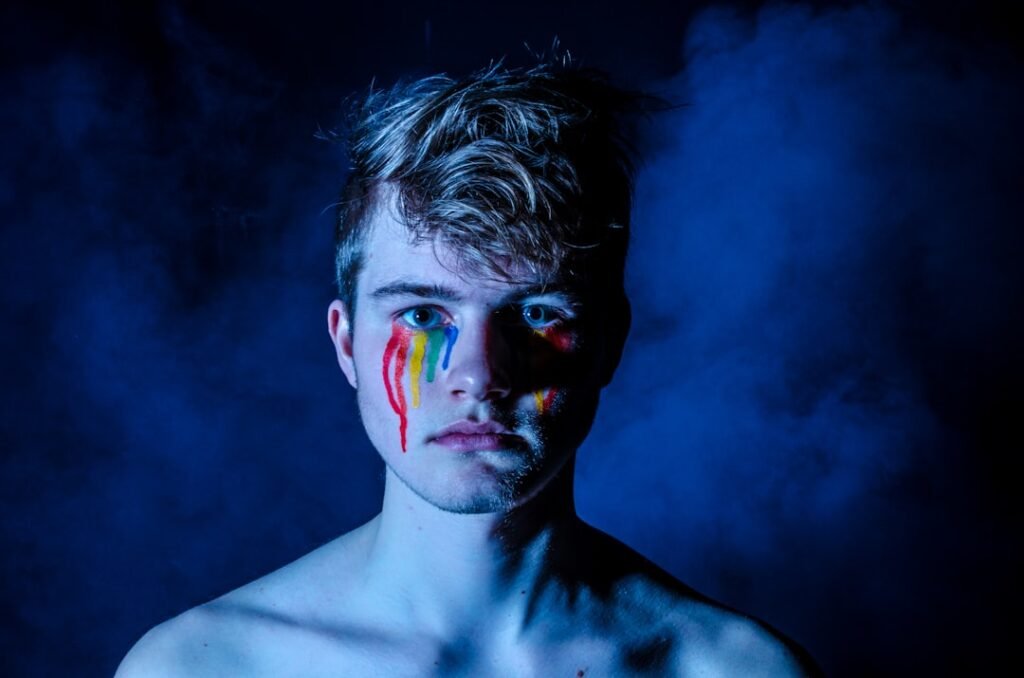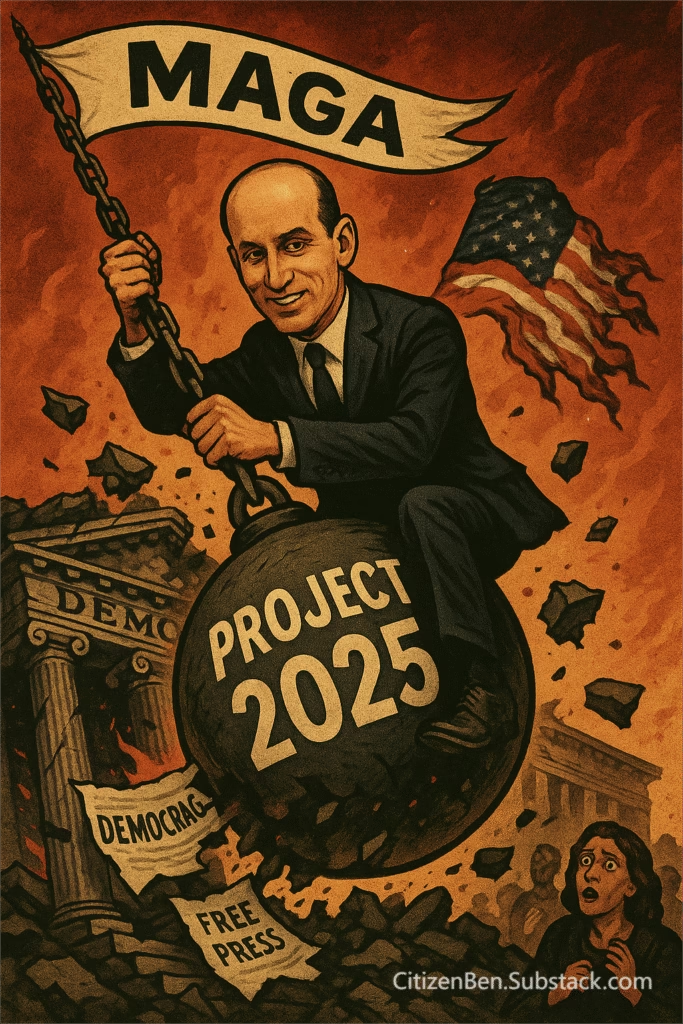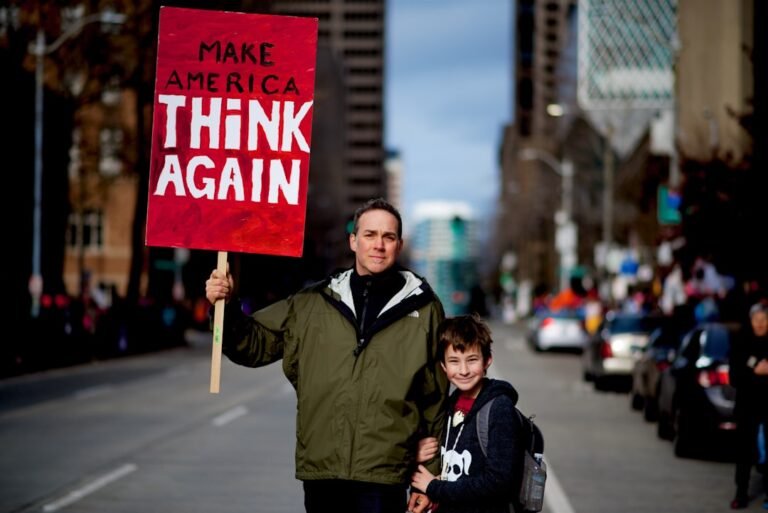A Hidden Existence
By Ben Cable (Citizenben.substack.com)
The early 20th century was a time of secrecy, fear, and quiet defiance for gay men, lesbians, and transgender individuals. In a world where their very existence was criminalized, survival often meant living double lives—finding pockets of safety in underground bars, coded language, and tightly-knit communities. Yet, despite the risks, queer life persisted in whispers, in stolen moments, and in hidden corners of society.

Photo by Christian Sterk on Unsplash
Bars and the Underground Scene: A Fragile Sanctuary
In the shadow of the law, clandestine bars and speakeasies became a refuge for those who dared to seek love and companionship. Cities like New York, Chicago, and Berlin had hidden pockets where men could meet men and women could dance with women, away from prying eyes. These bars, often run by the mafia or other underground figures, were at constant risk of police raids. Patrons knew that a single wrong move—a lingering touch, a glance held too long—could mean arrest, exposure, and public ruin.
Lesbian bars, though fewer, were just as vital. Women who defied gender norms—especially those who wore men’s clothing—were often turned away from mainstream establishments or arrested for “masquerading” as men. But behind closed doors, in secret gatherings, they could live freely, even if just for a few hours.
Employment and Economic Survival: The Risk of Being “Found Out”
Queer people in the early 1900s had to navigate an unforgiving job market. Many found themselves in industries that allowed for some level of personal expression such as hairdressing, fashion, theater, domestic service. For those who did not fit society’s strict expectations of gender and sexuality, employment was precarious. A single rumor could cost someone their livelihood.
Lesbians and gender-nonconforming women sometimes managed to pass as men to access better-paying jobs, though the risk of discovery was always present. Gay men, especially those who were effeminate, often faced harassment in traditional workplaces. Some resorted to sex work, particularly in urban centers, as a means of survival.
Social and Family Life: Isolation and Estrangement
For most, family life was fraught with tension. Many gay and trans individuals were disowned if their truth became known. Marriages of convenience—between gay men and lesbians—were common, providing a facade of normalcy that shielded them from suspicion. Others resigned themselves to a life of solitude, knowing that the price of honesty could be too steep.
However, in cities, chosen families flourished. Queer individuals created support networks, offering shelter, protection, and understanding to one another. For many, these bonds were the only form of love and security they would ever know.
The Law and the Constant Threat of Arrest
Laws criminalizing same-sex relationships were harsh and unforgiving. Sodomy laws carried severe penalties, from imprisonment to forced labor. Cross-dressing laws were used to target transgender and gender-nonconforming people, often resulting in humiliating arrests. Police raids on queer bars and gathering spaces were frequent, with patrons subjected to beatings, public shaming, and having their names printed in newspapers—destroying lives with a single headline.
In the U.S., the “disorderly conduct” charge was often weaponized against anyone suspected of being homosexual. In the UK, the infamous trials of Oscar Wilde in 1895 had set a chilling precedent: to be openly gay was to risk ruin.

The Pink Triangle: Persecution Under the Nazis
The 1930s and 40s brought an even darker chapter, particularly in Germany. Under Adolf Hitler, the Nazi regime targeted homosexual men as part of their broader campaign of persecution. Paragraph 175 of the German criminal code, which had long criminalized male homosexuality, was enforced with brutal efficiency.
Gay men were arrested in masse, sent to prisons, and later, concentration camps. The Nazis introduced a system of classification in these camps, using colored triangles to identify prisoners. Gay men were forced to wear a pink triangle, marking them for especially harsh treatment. They were subjected to beatings, starvation, medical experiments, and execution. Many were worked to death or sent to gas chambers.
It is estimated that between 5,000 and 15,000 gay men were sent to concentration camps, and the vast majority did not survive. Those who did were often re-arrested after the war, as homosexuality remained illegal in Germany. Their suffering was largely ignored, and it would take decades before they received recognition as victims of the Holocaust.
Violence and Death: The Unspoken Toll
The early 20th century was brutal for queer people. Many were murdered in hate crimes that were never investigated. Suicide was tragically common among those who saw no other way out. Medical institutions labeled homosexuality and transgender identities as mental illnesses, subjecting individuals to “cures” that ranged from electroshock therapy to institutionalization.
For transgender individuals, life was even more dangerous. Few doctors would provide gender-affirming care, and those who lived openly risked not only social ostracization but violent retribution.
Defiance and the Quiet Resistance
Despite the dangers, queer people did more than just survive—they found ways to thrive in the cracks of a hostile society. Literature, theater, and underground publications carried coded messages of longing and resistance. Paris, Berlin, and Harlem in the 1920s saw vibrant subcultures emerge, where queerness was celebrated in art, poetry, and performance.
Figures like Magnus Hirschfeld, a pioneering German sexologist, fought for the decriminalization of homosexuality. His Institute for Sexual Science, founded in 1919, was one of the first organizations to study and advocate for LGBTQ+ rights. But even this progress was fragile. His institute was later destroyed by the Nazis, and its archives burned.
The Legacy of Their Struggles
The early 1900s were a time of immense hardship, but they were also the foundation for the LGBTQ+ rights movements that would come decades later. The bravery of those who lived in the shadows—who carved out spaces for themselves in an unwelcoming world—paved the way for future generations to demand visibility and equality.
The Pink Triangle, once a mark of shame, was later reclaimed by LGBTQ+ activists as a symbol of resilience and remembrance first in Berlin and then New York. The pink triangle was inverted and used in the mid-1980’s to protest the inaction of the U.S. government in the lack of education and research of A.I.D.S.
Their stories are a reminder: even in the darkest of times, resistance, love, and community endure. However, one must shout out loudly when these new freedoms are under attack, so history is not repeated.




